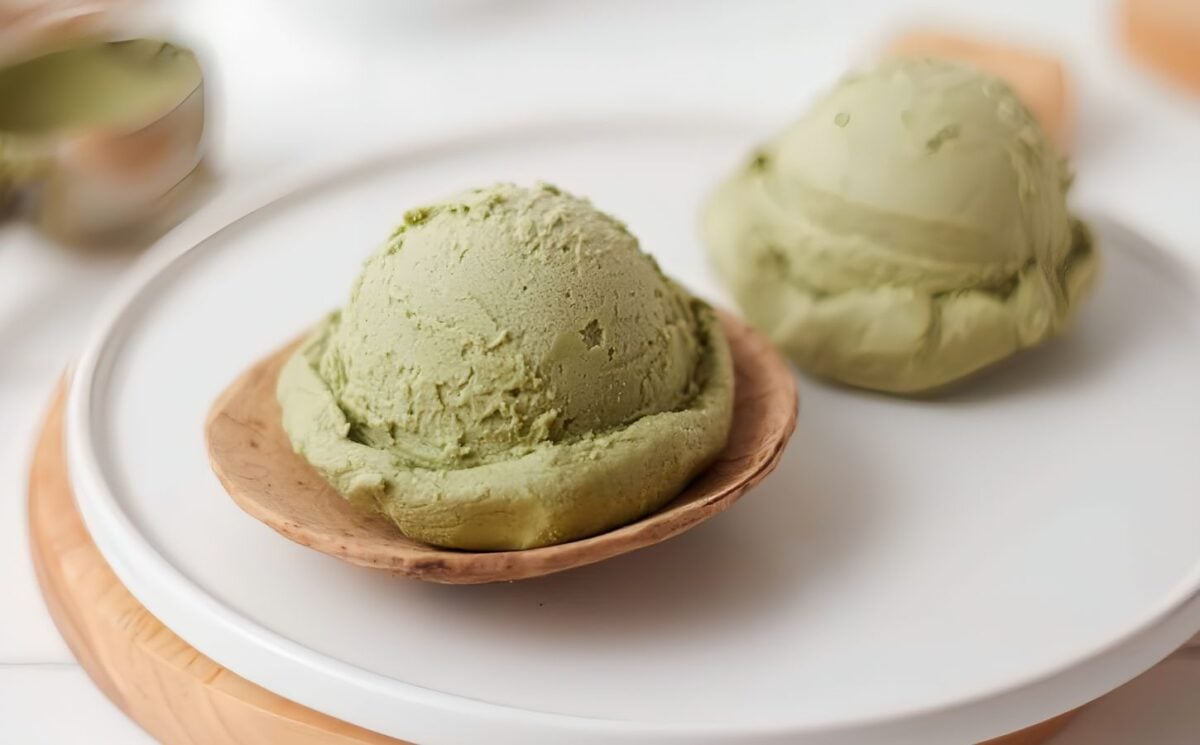-- Shares Facebook Twitter Reddit Email As the weather thaws and April showers make their return, I feel called to incorporate more herbs into my dishes. Herbs: bright, fecund, verdant, elevating our food with both flavor and color, guiding us from heavy comfort foods into a punchier, lighter category of cuisine. You may be well familiar with basil in your pestos, parsley atop endless dishes, thyme and rosemary on your focaccias , sage in your stuffing , cilantro in guacamole or mint in your mojitos—not to mention dill, oregano, chives, even bay leaves.
But what about the others? Don’t they deserve some acclaim? Some attention? It’s time to spotlight herbs with a quieter footprint: tarragon, marjoram, shiso and chervil. Related Fresh herbs: How to extend their fleeting shelf life for long-lasting, bright flavor and color As with all things, there is a hierarchy of sorts, a distinction of echelons—not in flavor, but in cachet. To be fair, tarragon is often oddly hard to find in grocery stores near me.

I’m not sure why that is. Ideally, that’s not the case in your neck of the woods. Tarragon has a subtle anise, fennel-like flavor, and its leaves are slender and softer than other herbs.
It’s a beloved ingredient in French cuisine and many classic dishes, but it has fallen out of favor in contemporary cooking, especially in America. The lighter, more delicate herb chops easily, and both the leaves and stems are edible. It plays a starring role in béarnaise sauce, one of the many offshoots of the long-cherished mother sauces in French cuisine.
A variation of hollandaise, béarnaise consists of nothing but lemon, butter, eggs, vinegar and, of course, tarragon. Simple. Classic.
Dried tarragon is also present in herbes de Provence, so you may already have some in your cabinet. So how might you use tarragon? The possibilities are endless. Enliven sauces, spreads and condiments Of course, you can make béarnaise! But beyond that, whip up pestos, stir it into aioli or homemade mayonnaise, or add it to chicken salad (Ina Garten’s is one of my absolute favorites).
Tarragon also shines in infused vinegars or oils. It’s spectacular in beurre blancs atop crispy-skinned white fish or in creamy pan sauces for seared chicken. You can also blend it with oil for a finishing drizzle—maybe even atop a comforting congee.
We need your help to stay independent Subscribe today to support Salon's progressive journalism Mix into drinks Tarragon is an unusual but welcome ingredient in beverages. Try a tarragon syrup in lemonade, some muddled tarragon in cocktails or the slight anise flavor in homemade iced tea. If you’re a drinker, mix pernod with tarragon for a complementary flavor profile.
Incorporate into desserts Tarragon has a delicate sweetness that sets it apart from the sharper qualities of raw fennel or anise. Use it in desserts, like a unique fruit cocktail with pernod, fennel fronds and tarragon for a layered anise flavor. It’s great with semifreddo, granita or panna cotta and pairs beautifully with citrus.
It also works well in pies, tarts and even cakes. Use in main dishes Tarragon complements seafood beautifully, especially lobster with lots of butter. It elevates risottos and pastas and can be a unique addition to pizza topped with shallots and provolone.
Blend it into a salsa verde for roast chicken. Use it to garnish steamed clams or mussels or mix it into a savory stuffing for roasted oysters. It also shines in fish stews and soups of all kinds, from cacciucco to tom kha gai to cioppino or caldeirada.
Of course, it’s wonderful in any sort of salad—whether leafy greens, egg salad, a raw vegetable medley or beyond. The world is your oyster, and tarragon is your vehicle. Use as a seasoning Tarragon makes a wonderful herb crust on grilled meat or a colorful, flavorful garnish atop roasted veggies.
Some adore it in eggs, and it lends depth to vinaigrettes and dressings. Tarragon compound butter brings a lovely note to any bread it touches. So next time you’re in the herb aisle, perusing the verdant options, bypass the usual suspects.
Look for the herbs that aren’t getting as much attention. Start with tarragon. You’ll be thrilled with where this beguiling herb may lead you.
Read more about this topic Sorry, Ina Garten, you're wrong this time: The subtle power of the bay leaf Dry your own herbs and you'll never have to buy bottled ones again Sweet white vinegar and parsley are the keys to these lemony grilled chicken skewers By Michael La Corte Michael is a food writer, recipe editor and educator based in his beloved New Jersey. After graduating from the Institute of Culinary Education in New York City, he worked in restaurants, catering and supper clubs before pivoting to food journalism and recipe development. He also holds a BA in psychology and literature from Pace University.
MORE FROM Michael La Corte Related Topics ------------------------------------------ Fresh Herbs Herbs Home Cooking Spring Tarragon Related Articles Advertisement:.
Food

The essential spring herb you're not using

Delicate but bold, familiar yet forgotten — tarragon deserves another look















